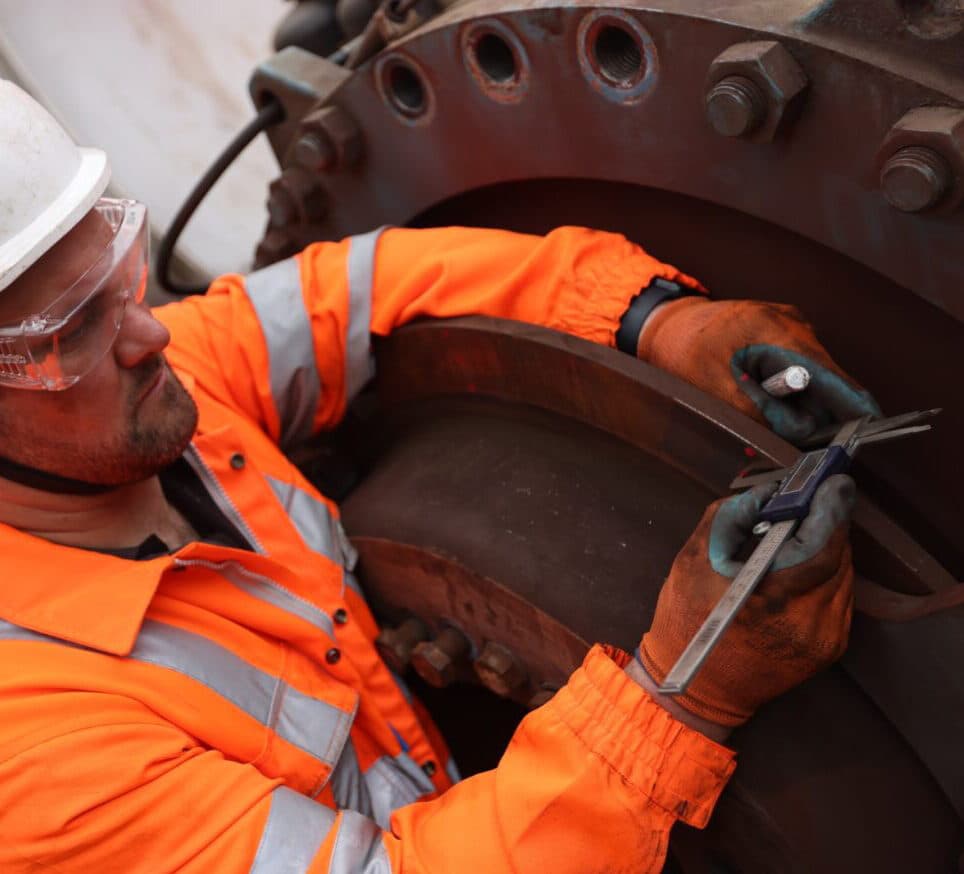The offshore wind sector is fast approaching the point where the earliest of wind farms in the UK and across Europe will be decommissioned. With this major milestone, there are several key considerations around the supply chain readiness to handle the materials arising in the most environmentally sustainable manner.
To address this industry challenge, ORE Catapult has established the Circular Economy for the Wind Sector (CEWS) project to investigate new solutions for the bulk recycling of wind turbine blades, and the use of techno-economic analysis to assess their suitability for large-scale redeployment. As part of this project, ORE Catapult aims to lead and facilitate the development of industry best practice and the supporting tools for the detailed understanding of “true” end-of-life potential for pilings, to reduce the environmental and ecological impacts. As well as the reuse, recycling or sustainable disposal of decommissioned offshore wind turbines, CEWS aims to lay the foundations of a new circular economy supply chain for the sector, allowing wind turbine components to be disposed of in the best possible way.
The project will focus on four key areas:
- Logistics: Reduce waste from wind farms
- Traceability: Ensure UK/European capacity for recovering materials from decommissioned turbines
- Supply Chain: Identify strategic weaknesses capacity at critical locations
- Strategy: Get ahead of the curve for the environmental impacts of decommissioning and subsea component removal
Current CEWS projects and outputs
The CEWS JIP officially launched with partners in 2023 delivering three key programme outputs. In addition to these,
ORE Catapult has developed and delivered a significant body of work across CEWS seed projects and other collaborative
research projects. A brief introduction to each of these projects and research outputs is detailed here:
- Material Passport Example
Already used in some other sectors for collecting and transferring information related to sustainability, circularity and value retention along the entire product lifecycle. As products move from supply chain to consumers to end of life, material passports can be continually updated with details such as raw material use, manufacturing processes and product repair records.
- Decommissioning Case Study: CEWS Materials Mapping
Methods of blade disposal are reviewed, the future scale of composite blade decommissioning projected, and the influence of a changing regulatory framework evaluated. Followed by an outline and assessment of scenarios for recycling fibre reinforced plastics under development and trial or establishing across various sectors.
Previous CEWS projects
- End of Life Materials Mapping for Offshore Wind (ELMWIND)
In collaboration with key stakeholders, ORE Catapult will develop knowledge of the wind industry components, their population (current and forecasted), estimated material constituents and their end of life route map for recycling, reuse, refurbishment or disposal strategies. This industry intelligence is envisaged to lead the sector towards making key decisions required for circular economy by enabling effective economical and environmental end of life decisions. It will also support the development of supply chains and technologies by providing realistic, robust data and insights into the materials used by the industry and forecasts of their end of design life strategies.
Precise data on the material make up of wind turbines and their components are often commercially guarded due to sensitivities. However, with suitable anonymity and industry expertise, this project will develop a Component Knowledge database that will capture the key components of the industry and their materials makeup. Subsequently, a materials route map will be developed to identify the possible end of life pathways currently available for the industry materials.


